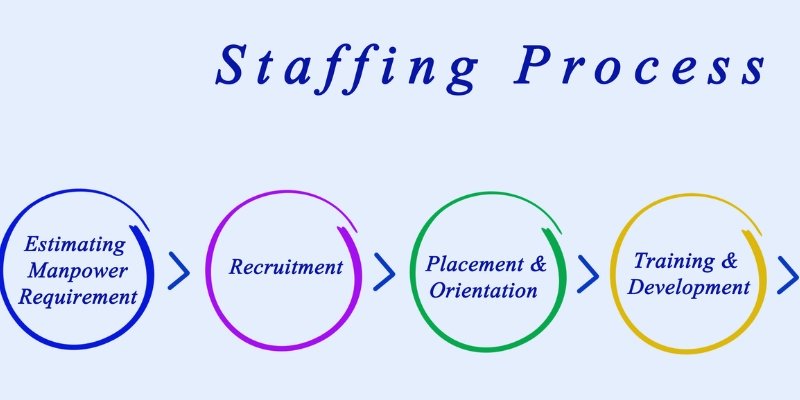Starting a kindergarten business in Singapore can be a rewarding venture, given the increasing demand for quality early childhood education. As parents prioritize their children’s formative years, the need for well-structured and nurturing educational environments has surged. This article outlines the essential steps, considerations, and challenges involved in launching a kindergarten in Singapore.
Understanding the Market

Before diving into the logistics of starting a kindergarten, it is crucial to understand the local market. Singapore’s education system is highly regarded, and parents are discerning when choosing educational institutions for their children. Researching market trends, demographics, and the competition is vital.
The demand for early childhood education has been on the rise, particularly due to government initiatives promoting preschool education. According to the Early Childhood Development Agency (ECDA), there are over 1,000 preschools in Singapore, providing a mix of private and government-subsidized options. Understanding the unique selling propositions (USPs) of existing kindergartens can help new entrants identify market gaps and tailor their offerings accordingly.
Legal Requirements and Licensing

Starting a kindergarten involves navigating various legal requirements and obtaining the necessary licenses. The first step is to incorporate your business. This includes choosing a suitable name and registering it with the Accounting and Corporate Regulatory Authority (ACRA).
Once incorporated, aspiring kindergarten owners must apply for a license from the ECDA. This process includes submitting a detailed business plan, outlining your educational philosophy, curriculum, and operational strategies. Additionally, you must meet specific criteria related to premises, staff qualifications, and health and safety regulations. For instance, the Urban Redevelopment Authority (URA) requires that the premises used for educational purposes comply with zoning laws. Understand URA guidelines for educational institutions.
Financial Planning and Investment

Financial planning is a critical aspect of starting a kindergarten. Initial investments can be substantial, often requiring hundreds of thousands of Singapore dollars. Costs include leasing or purchasing a suitable property, renovating the space, acquiring educational materials, and hiring qualified staff.
According to industry experts, the initial investment can range from S$800,000 to over S$1 million, depending on the location and size of the kindergarten. It is essential to create a detailed budget that accounts for both startup costs and ongoing operational expenses, such as salaries, utilities, and marketing. Additionally, consider exploring government grants and subsidies aimed at supporting early childhood education initiatives, which can alleviate some financial burdens.
Curriculum Development and Staffing

A well-structured curriculum is vital for the success of a kindergarten. It should align with the Ministry of Education’s guidelines while also incorporating innovative teaching methods that cater to different learning styles. Engaging parents in the development of the curriculum can foster a sense of community and trust.
Staffing is another critical component. Hiring qualified educators who are trained in early childhood education is essential for maintaining high standards. Furthermore, ongoing professional development opportunities for staff can enhance their skills and improve the overall quality of education provided. Establishing a positive workplace culture will also help attract and retain talented educators.
Conclusion
Starting a kindergarten business in Singapore presents both opportunities and challenges. By understanding the market, navigating legal requirements, planning financially, and focusing on curriculum and staffing, aspiring entrepreneurs can set the foundation for a successful educational institution. With the right approach, a kindergarten can not only thrive as a business but also contribute positively to the community by nurturing the next generation of learners.






